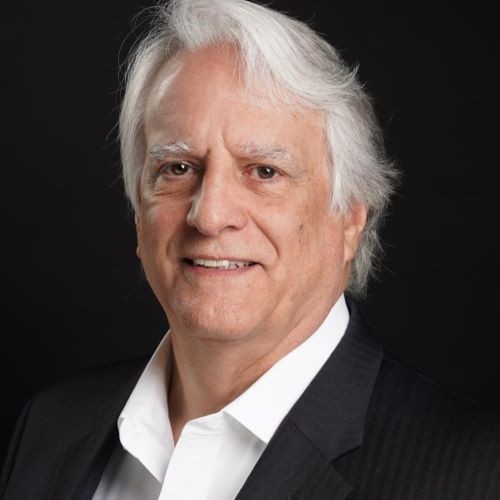Bates Research | 10-04-22
How to Prepare for a Regulatory Examination: Bates’ Guide to Getting Ahead of Regulatory Exams

Each year, the SEC and FINRA release Exam and Risk Monitoring Reports highlighting continuing and emerging concerns for the year. These agency communications serve as a potential notice of subjects scrutinized for future examinations. We often hear the question, “How should I (or my team) best prepare for a regulatory examination?” We’ve got the answers.
In this guide, Bates Compliance Managing Director Linda Shirkey and Senior Consultant Shelley Dragon walk you through the exam process. Here, they break down what you need to know (including the various stages of an exam—before, during, and after), including: anticipation and preparation, first contact, document production, interviews, and findings.
Preparation Before the Exam
In anticipation of an examination, we recommend five ways to prepare:
1) Review your Form ADV filings, Client Agreements and Manual. Make sure that you are doing what you say you are doing. Specifically, are your representations and actions in sync?
2) Review your Manual for recent regulatory changes. This is a particularly important exercise in light of the SEC’s annual examination report. (Note: there has been significant scrutiny by the SEC on Form CRS recently. See Bates alert on recent enforcement actions.)
3) Review a recent SEC/State document request list with your team. Create a “roadmap” for preparing those documents and a presentation on the Firm to give the examiners.
4) Review your last findings letter/annual review report. Have the findings been remediated?
5) Consider conducting a fee audit. High on every regulator’s priority list, related to multiple rules, are conflicts, compensation, and funding arrangements. Do your fees match your agreements? Are all fees disclosed?
First Contact
Your first contact with a regulator begins with a short phone interview regarding the firm’s business and confirming information provided by the firm on Form ADV. Also covered are logistics: confirming the CCO’s email for sending a document request list; the scope of and nature of the exam (focused, limited, remote); scheduling issues (when documents are due); interview/onsite dates; and an introduction of the lead examiner and their contact information.
Document Production
In general, the more organized the document production, the more relaxed the examiners are as the examination proceeds. We suggest a few tips to help you respond effectively. Foremost, be sure to understand what is being requested in terms of types of documents and time frames. Call the examiner for clarity, if needed. Establish a clear production process, e.g., designate the internal team, limit control over calls, select one person to manage the effort, determine who will produce what and how, and plan for regular check-ins with the team. Also important is to determine what outside help may be warranted—particularly related to data gathering and analytics—and engage them. Check, as early in the process as possible, that the data being produced is responsive to the requests and inform counsel or subject matter consultants if material issues start to show up. If red flags do appear, begin remediation immediately. For any other unusual data, prepare an explanation. Keep track of what was produced to the SEC and for which document request.
Interviews – Before, During, and After
It is important to prepare and practice for interviews—be able to present an overview of the firm, read and reread the firm’s Form ADV and compliance manual, and prepare staff (in particular, the full senior management team). This means practicing interview skills—like how to answer the likeliest or most feared question or issue—and offering coaching on interviewing techniques.
The Chief Compliance Officer (“CCO”) should attend all interviews and should ensure that examiner concerns are addressed through regular outreach. On the first day, the CEO should give the firm presentation, introduce senior staff, and ensure that scheduling needs are coordinated. Documents requested during interviews should be tracked and timely produced.
After the interviews, there may be follow-up questions or more document requests. The CCO and document manager should follow through (and allow for more interviews if warranted). If material items were identified during the onsite or interviews, begin remediation (if not already underway), possibly by correcting the manual, changing procedures, revising the Form ADV and/or client agreements, or by conducting staff training.
Findings and Next Steps
The lead examiner will call and read the findings letter. This is not a negotiation. The findings letter will follow that call, and the firm will be given a deadline to respond (usually about three weeks.) Every request for a change must be responded to in the order it was requested, even if the response is to “respectfully disagree.” Any changes made in response to the findings should be appended to the response letter.
Internal follow-up should include a review to ensure that all changes were implemented and then tested in six-month intervals to make certain the changes made are still in place.
Conclusion
Regulators expect that firms undertake a comprehensive review of their exam findings, observations and recommendations. Knowing and anticipating the process will help you better prepare and get through the exam successfully.
To learn more about how Bates Compliance services can help your firm, please contact:

